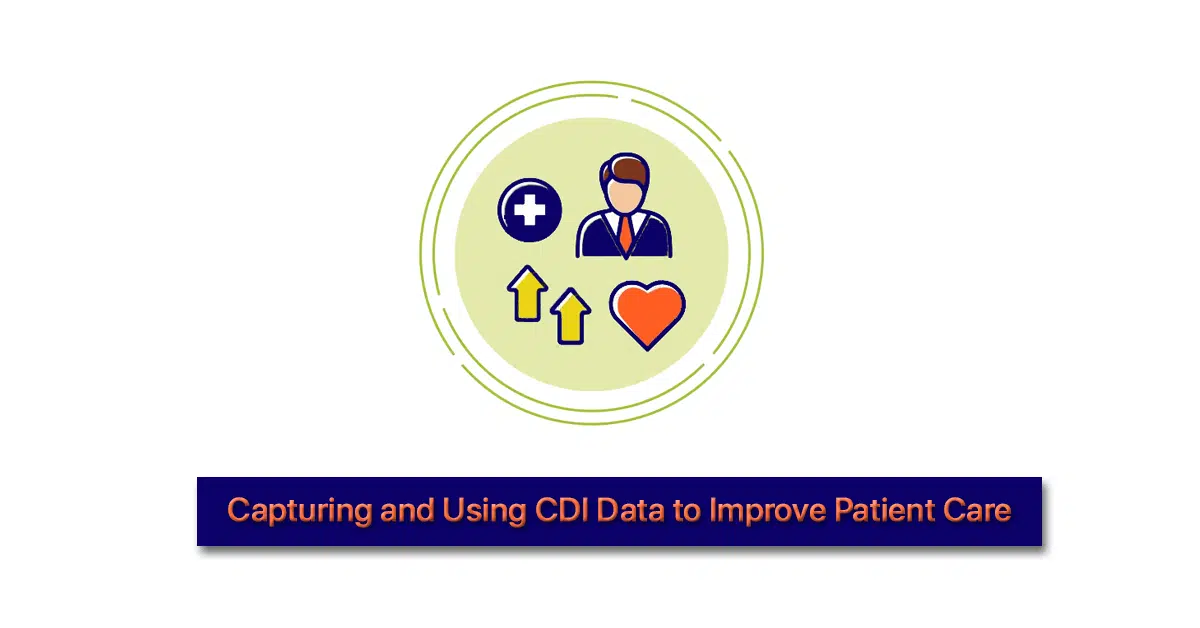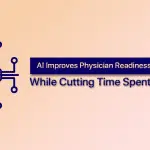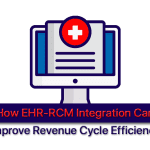Ultimately, a CDI program is only as good as how you use the data.
Data can be a powerful tool. It is important to remember not to just capture data but to use it. Over the past week you can see articles on clinical documentation integrity (CDI) impacting patient care. The question is how do we use the data that is being garnered from CDI programs?
Do you know which areas in your city or county have more acute or chronic systolic or diastolic congestive heart failure? Do you know the percentage of minorities in your area affected by this? Have you met with these communities to educate and assist in change? What programs have you implemented? Your reimbursement has increased due to the complexities of your populations; what are you doing besides buying more equipment and acquiring more clinics?
Don’t get wrong, those things are important but let’s put the data to work in creative ways. Let’s employ and utilize people who can work in your communities to allow CDI to impact patient care where people live and learn.
Who in your facility is putting data to action? Are you a collector or a doer? How is your CDI program helping the black community? They are a huge part of the complex community you serve.
Recalling many conversations on frequent flyers, those known to present on a regular basis due to some conditions. Many times, this was due to alcoholism, homelessness, or drugs but many times this was due to medication noncompliance. What programs do you have within your community to address noncompliance?
In the black community, noncompliance has many faces, trust being one. Once again, it is great to know things but what action are you or will you take? With whom will you partner? Do you think outside the lines enough?
We think of CDI as a revenue generator; (yes, we do) but it can be so much more. You as providers just have to be invested in making that happen. We have taken CDI and retreated to the corners.
We should have staff with boots on the ground helping physicians navigate EHRs and getting to the true patient story not just the template duplications and health record in a box.
A CDI, auditor, and industry professionals can see many holes in the record and in the CDI process that can translate to poor data. Our health records are conflicting, and the patient story is altered. This alteration can lead to problems with the data being collected. That is where true understanding and commitment is needed to ensure we are capturing data accurately and telling the true story. Ensure you are doing that as providers.
Ultimately, a CDI program is only as good as how you use it and how the data collected can help identify trends and risks in the community to bring about change.
Our hope is to see data at work in all our communities driven by social determinants of health (SDOH) and the true patient story.
For More Information: https://icd10monitor.medlearn.com/capturing-and-using-cdi-data-to-improve-patient-care/




